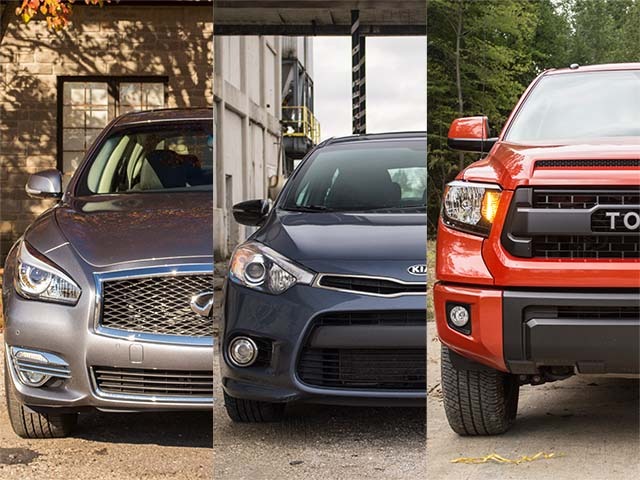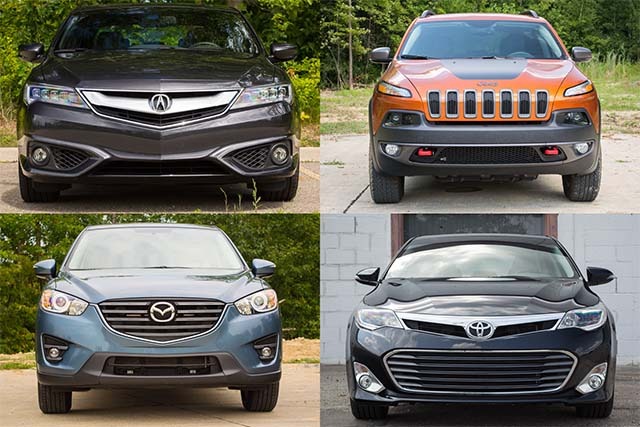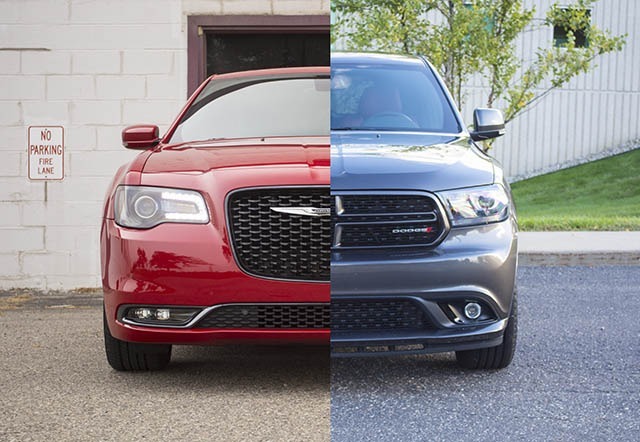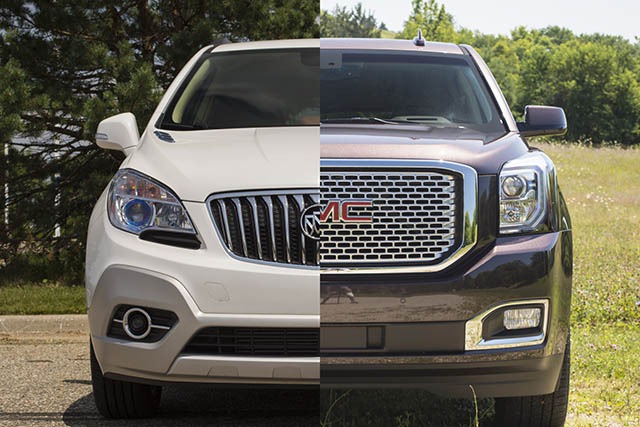Search the Community
Showing results for tags 'The Brief'.
-
The end of another year is upon us and I’m in the process of picking my favorite vehicles from the year. But before we get to that, I need to give some vehicles their time in the review spotlight. Trying to crank a review or a two a week is a hard task for some folks, myself included. I tend to spen...
-
The end of another year is upon us and I’m in the process of picking my favorite vehicles from the year. But before we get to that, I need to give some vehicles their time in the review spotlight. Trying to crank a review or a two a week is a hard task for some folks, myself included. I tend to spen...
-
The end of another year is upon us and I’m in the process of picking my favorite vehicles from the year. But before we get to that, I need to give some vehicles their time in the review spotlight. Trying to crank a review or a two a week is a hard task for some folks, myself included. I tend to spen...
-
The end of another year is upon us and I’m in the process of picking my favorite vehicles from the year. But before we get to that, I need to give some vehicles their time in the review spotlight. Trying to crank a review or a two a week is a hard task for some folks, myself included. I tend to spen...
-
Last year at the LA Auto Show, Chrysler gave the 300 lineup a modest refresh. A new grille and headlights for the exterior, while interior boasted a new gauge cluster and dial for the gear shifter. Some people thought Chrysler should have gone farther, but we think the right call was made here. Our...
- 2 comments
-
Last year at the LA Auto Show, Chrysler gave the 300 lineup a modest refresh. A new grille and headlights for the exterior, while interior boasted a new gauge cluster and dial for the gear shifter. Some people thought Chrysler should have gone farther, but we think the right call was made here. Our...
-
I remember being at the 2012 Detroit Auto Show and being at introduction of the Buick Encore. After seeing the model introduced, I just found myself wondering why. Why do we need a subcompact crossover? Why does Buick have it and not Chevrolet? Wouldn’t it be better as a Chevrolet? Little did I or a...
-

The Brief: 2015 Buick Encore Leather AWD and GMC Yukon Denali XL
William Maley posted an article in Reviews
I remember being at the 2012 Detroit Auto Show and being at introduction of the Buick Encore. After seeing the model introduced, I just found myself wondering why. Why do we need a subcompact crossover? Why does Buick have it and not Chevrolet? Wouldn’t it be better as a Chevrolet? Little did I or a...- 3 comments





